Seamless Floors Unlocked: Microcement, Polished Concrete, or Epoxy?
You’ve seen the pictures, right? Those stunning, seamless floors stretching across a kitchen or living room, looking like they were poured from a single, perfect piece of stone. It’s a look that’s clean, modern, and totally captivating. And if you’re like most people, you point at that picture and say, “I want THAT.”
In this article
But here’s the thing: “that” could be one of a few different things. Usually, you’re looking at microcement, polished concrete, or maybe even an epoxy floor. I’ve spent years getting my hands dirty with these high-end finishes, and my main job isn’t just slapping material down—it’s helping people figure out which one actually makes sense for their home, their budget, and their lifestyle.
Honestly, there’s no single “best” option. Each has its own personality, its own quirks, and its own ideal home. So, let’s skip the sales pitch and get into the real-world differences. This is the stuff you learn from experience, not from a brochure.
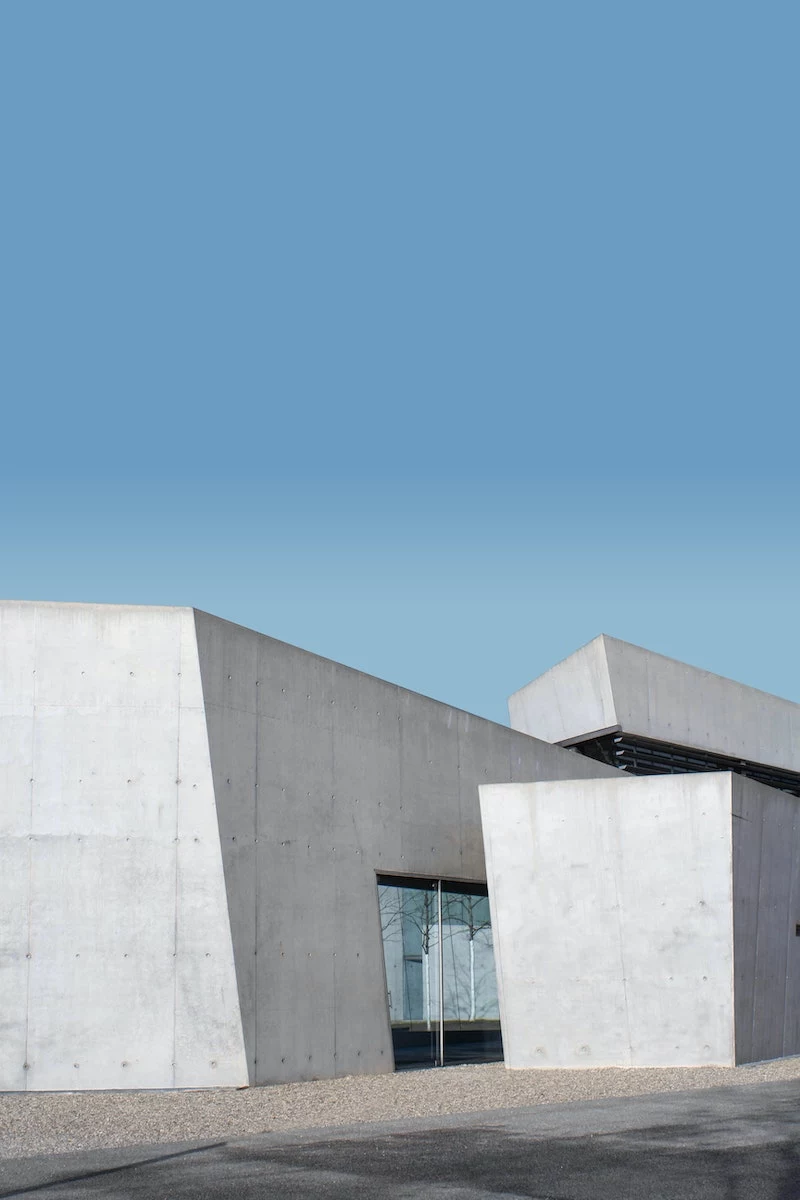
So, What Are We Actually Talking About?
Before we compare them, it helps to know what these materials fundamentally are. They aren’t just different brand names for the same stuff; their very nature dictates how they look, feel, and perform.
Microcement: The Flexible Skin
Think of microcement as a high-tech, super-durable skin for your floors, walls, or even countertops. It’s a blend of fine cement, special polymers, and pigments. Those polymers are the secret sauce—they make it flexible and give it incredible sticking power. This is why we can apply it in super-thin layers, typically just 2-3 millimeters thick, without it cracking.
Its biggest superpower? Versatility. We hand-apply it with a trowel over existing surfaces like concrete, tile (yes, right over the top!), and plasterboard. This means you can get that seamless look without the headache and dust storm of a full demolition. It’s a game-changer for renovations.
Polished Concrete: The Refined Original
Now, polished concrete is a different beast entirely. It’s not a coating we add on top of a floor; it’s a process we do to an existing concrete slab. We use heavy, industrial grinding machines with diamond-studded pads to mechanically grind and polish the concrete itself.
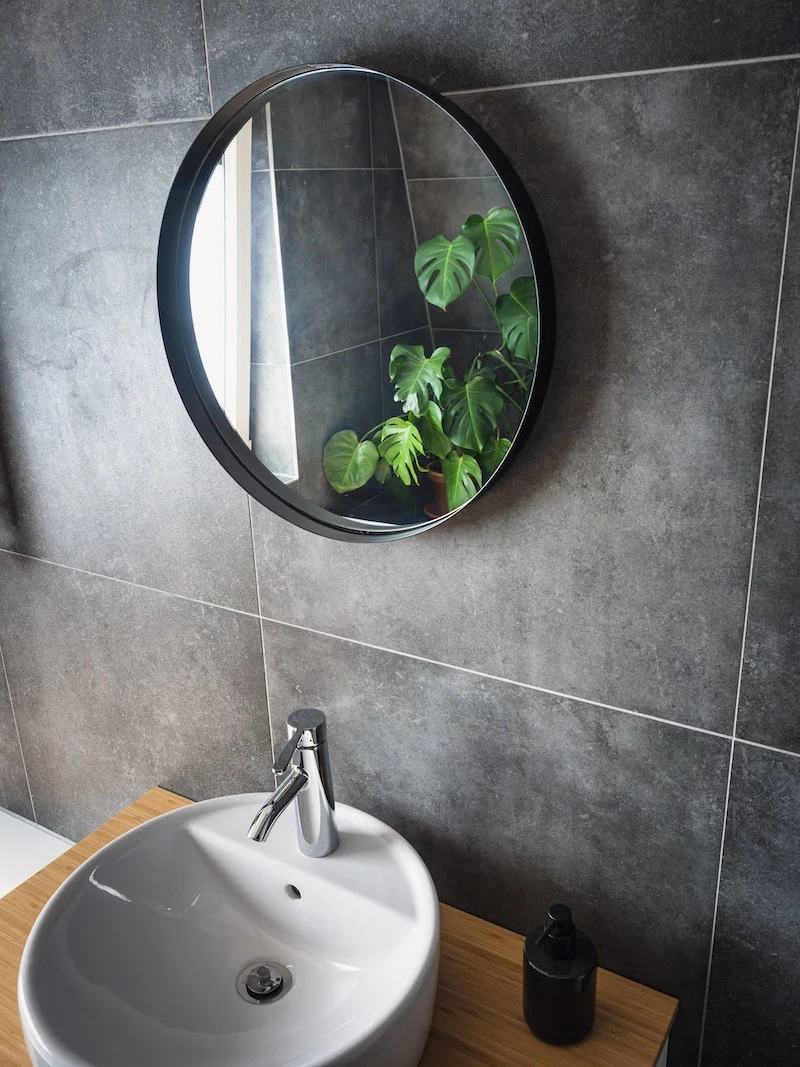
We start with coarse grits to smooth out the surface and expose the little stones (the aggregate) inside, then work our way up to incredibly fine grits, creating a natural, deep shine. Along the way, we add a chemical hardener that soaks in and makes the surface denser and tougher from the inside out. The shine you see isn’t a top coat—it’s the actual, polished stone.
Epoxy: The Tough-as-Nails Workhorse
Epoxy is a two-part chemical system: a resin and a hardener. Mix them together, and a reaction starts that turns the liquid into a hard, seamless plastic surface. Unlike its cement-based cousins, epoxy is completely non-porous and creates a waterproof barrier.
This is why you see it in places that take a beating, like garages, hospitals, and commercial kitchens—it’s incredibly tough and resistant to chemicals. The look can be a simple, solid color, or you can get creative with wild metallic swirls or decorative vinyl flakes embedded in the finish.

The Real-World Showdown: How They Actually Compare
Okay, let’s get down to the nitty-gritty. If you’re trying to choose, these are the factors that really matter.
The Look and Feel
- Microcement: This is your artisanal, handcrafted option. The hand-troweling creates subtle movement and soft tonal variations, so it feels unique and warm. It’s not as cold underfoot as concrete and has a more natural, less industrial vibe.
- Polished Concrete: Genuinely industrial and authentic. The final look depends entirely on the concrete slab you start with—it can be beautifully unique or reveal old stains and cracks (which can be a feature in itself!). It’s definitely cool and hard underfoot.
- Epoxy: This gives you a more uniform, predictable finish. It can be a perfect, solid block of color or a wild, decorative statement piece. It feels smooth, almost like a sheet of plastic, which some love and others find less natural. A heads up: lower-quality epoxies can yellow over time with sun exposure, so paying for a UV-stable topcoat is a must.
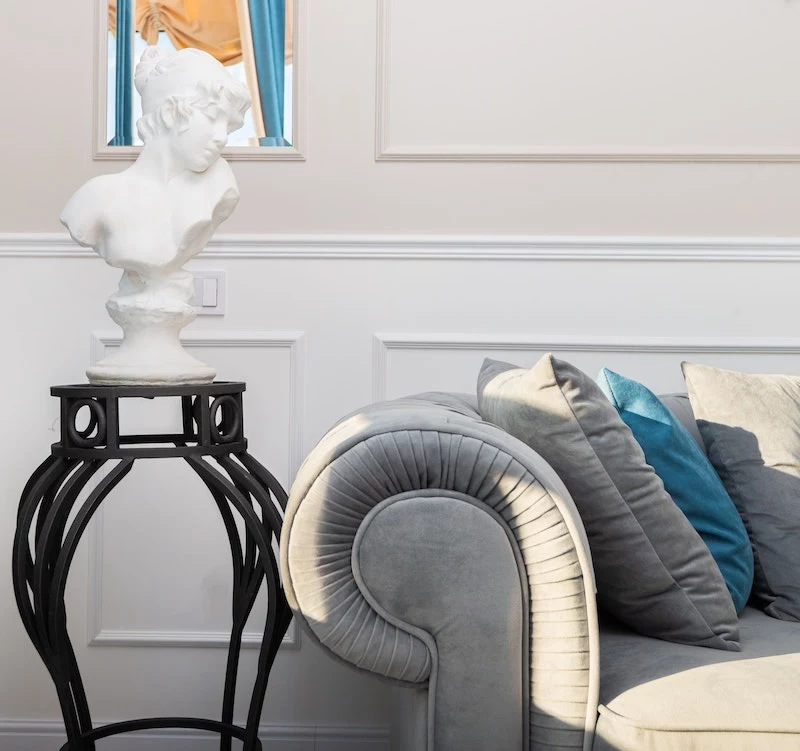
Durability, Upkeep, and… What if I Drop Something?
This is a big one. A floor is a long-term commitment.
The durability of a microcement floor really comes from its high-performance polyurethane sealer. A good one makes it scratch-resistant and waterproof. But is it indestructible? No. Dragging a cast-iron skillet across it will leave a mark. As for repairs, a skilled pro can patch a chip, but making that patch completely invisible is an art form. It’s possible, but tricky.
Polished concrete is incredibly abrasion-resistant—it’s very, very hard to scratch the concrete itself. However, it’s not stain-proof. Acidic spills like wine, lemon juice, or vinegar can etch the surface if you don’t wipe them up quickly. If you do get a bad chip, it’s typically filled with a specialized grout, but you will almost always see the repair.
Epoxy is the champ when it comes to chemical spills, making it a dream for garages. It’s very hard, but it’s not as scratch-resistant as polished concrete. Fine scratches can show up over time, especially on a glossy finish. A deep gouge is a problem; you can’t really spot-fix it. The whole area, or even the whole floor, might need a new top coat to look seamless again.
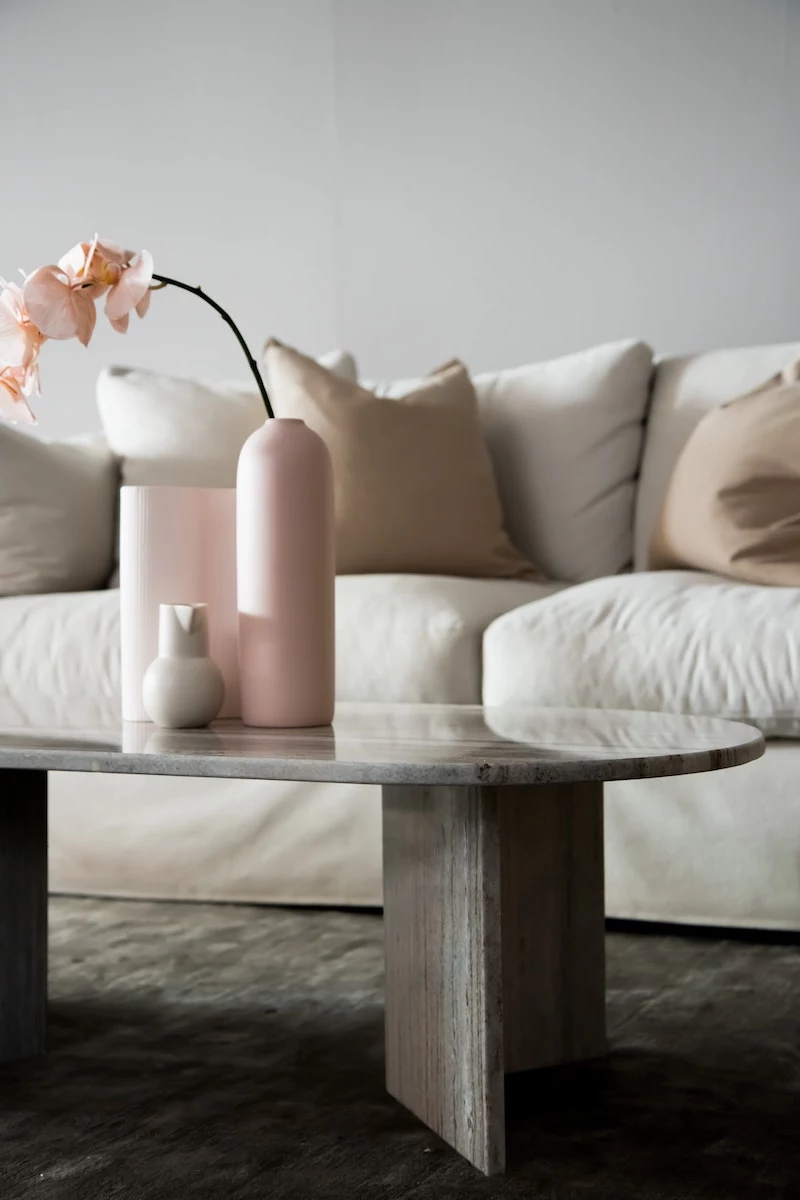
Where Can You Use It? (The Versatility Check)
Microcement is the clear winner here. It can go over almost any stable surface—floors, walls, backsplashes, and even inside showers (with the right waterproofing system underneath). It’s perfect for renovations where you want a seamless look without tearing everything out.
Polished Concrete is the least versatile. You can only do it on a ground-level, structurally sound concrete slab. You can’t have polished concrete on a second-story floor with wooden joists, period.
Epoxy is pretty versatile but is a total diva about its environment. It needs a clean, dry, and properly prepped concrete slab. It’s extremely sensitive to moisture coming up through the concrete, which can cause massive failures if not handled with a special (and expensive) moisture-blocking primer.
Oh, and what about underfloor heating? Good news! Both microcement and polished concrete are fantastic partners for radiant heat systems. They conduct and hold warmth beautifully, making for a seriously cozy floor.
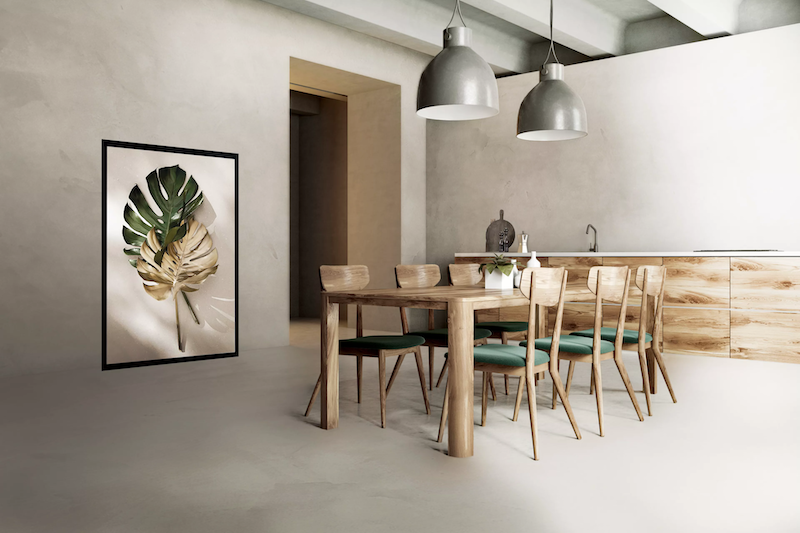
Let’s Talk Money: The Bottom Line
Look, none of these are bargain-basement options. The cost is driven by the intensive labor and meticulous prep work involved, not just the materials. Prices vary by region and the complexity of the job, but to help you budget, here are some ballpark figures.
Heads up! These are just estimates to give you a starting point:
- Microcement: Expect to be in the range of $15 to $30 per square foot. The price depends on the size of the area and the condition of the substrate you’re covering.
- Polished Concrete: This can run anywhere from $10 to $35+ per square foot. A simple grind and seal on a new, good-quality slab is on the lower end. Trying to get a mirror-like finish on an old, damaged slab will be on the much, much higher end.
- Epoxy: The price range here is huge. A simple, solid-color floor might be $10 to $18 per square foot. But if you get into fancy metallic designs or need that special moisture-blocking primer, you could easily be looking at $20 to $40 per square foot or more.
So, Which One Should You Choose?
Alright, time to make a decision. Based on my experience, here’s how it usually breaks down.
You should lean toward Microcement if…
- You’re renovating and want to avoid demolition, especially over old tile.
- You want that seamless look to continue up a wall or into a shower.
- You prefer a warmer, more artisanal look over a cold, industrial one.
You should go with Polished Concrete if…
- You’re building new or already have a high-quality concrete slab on the ground floor.
- You genuinely love that raw, industrial aesthetic and the unique character of real concrete.
- You need extreme durability for a super high-traffic area.
You should consider Epoxy if…
- You need serious chemical resistance for a garage, workshop, or commercial space.
- You want a bold, uniform color or a dramatic, decorative finish that you can’t get with cement.
- You have a good concrete slab and can control the environment during installation.
Ultimately, the best advice I can give you is to find an experienced installer who works with all these materials. Ask to see and feel samples. A true pro will be honest about what each material can and can’t do and will help you find the right fit, not just the one they happen to sell.
Inspirational Gallery
The single most important factor: Your installer. A beautiful seamless floor is 90% craftsmanship and experience. A suspiciously low quote often points to an inexperienced applicator. Always ask to see a portfolio of recent, similar projects and check reviews. The quality of premium brands like Forcrete or Cemher is completely lost with poor application.
The big question: are these floors compatible with underfloor heating?
Absolutely, and they’re a fantastic combination. Both microcement and polished concrete have excellent thermal conductivity, meaning they heat up quickly and radiate warmth efficiently. For microcement, it’s crucial that the heating system is run and tested *before* application to ensure the subfloor is stable and to prevent cracks from thermal expansion later on.
- For daily cleaning, a simple pH-neutral soap (like Fila Cleaner Pro) and a microfiber mop are your best friends.
- Wipe up acidic spills like wine, vinegar, or coffee immediately. While sealed, these floors are not stain-proof.
- Periodically re-apply a protective wax or sealer (every 2-4 years, depending on traffic) to maintain the waterproof barrier and shine.
The beauty of microcement lies in its ‘nuances’—the subtle shifts in tone and texture from the trowel. It’s a unique canvas under your feet.
This is what designers refer to as
Beyond the classic grey, designers are now pushing the boundaries of seamless floors. Look for epoxy with inlaid metallic pigments from brands like Resincoat for a swirling, galactic effect, or two-tone microcement applications that create subtle, organic patterns on the floor. The latest trend? Micro-terrazzo, where tiny chips of marble or recycled glass are mixed into the final layers for a modern take on a classic.
Matte Finish: Hides minor imperfections and footprints, offering a soft, natural, and earthy feel. It absorbs light, creating a very contemporary, sober atmosphere.
Satin Finish: Provides a subtle sheen that reflects light gently, making the space feel brighter without the glare of high gloss. It’s the most popular choice as it’s elegant and practical to maintain.
Wondering about the price tag? The final cost per square meter for a seamless floor can vary significantly based on a few key factors:
- Surface Preparation: Is the subfloor level and sound, or does it need extensive repairs and leveling? This is often the biggest variable.
- Total Area: Smaller, complex areas (like bathrooms with multiple corners) often have a higher per-meter cost than large, open-plan living rooms.
- System Complexity: A basic single-color finish is more affordable than a multi-layer, highly polished, or waterproof system for a wet room.
- It makes a small room feel significantly larger.
- It unifies disparate areas into a cohesive whole.
- It bounces light around, enhancing brightness.
The secret is continuity. By eliminating grout lines and thresholds, a seamless floor creates an unbroken visual plane that tricks the eye, establishing a serene and expansive atmosphere.
Many residential epoxy systems are derived from industrial formulas, prized for their extreme durability.
This heritage means you should check the product’s VOC (Volatile Organic Compound) levels. For home use, always opt for modern, low-VOC or 100% solids water-based formulas. Brands like Sika or Ardex offer professional-grade, residentially-friendly options that ensure better indoor air quality without sacrificing that tough, seamless finish.
While the internet is full of










